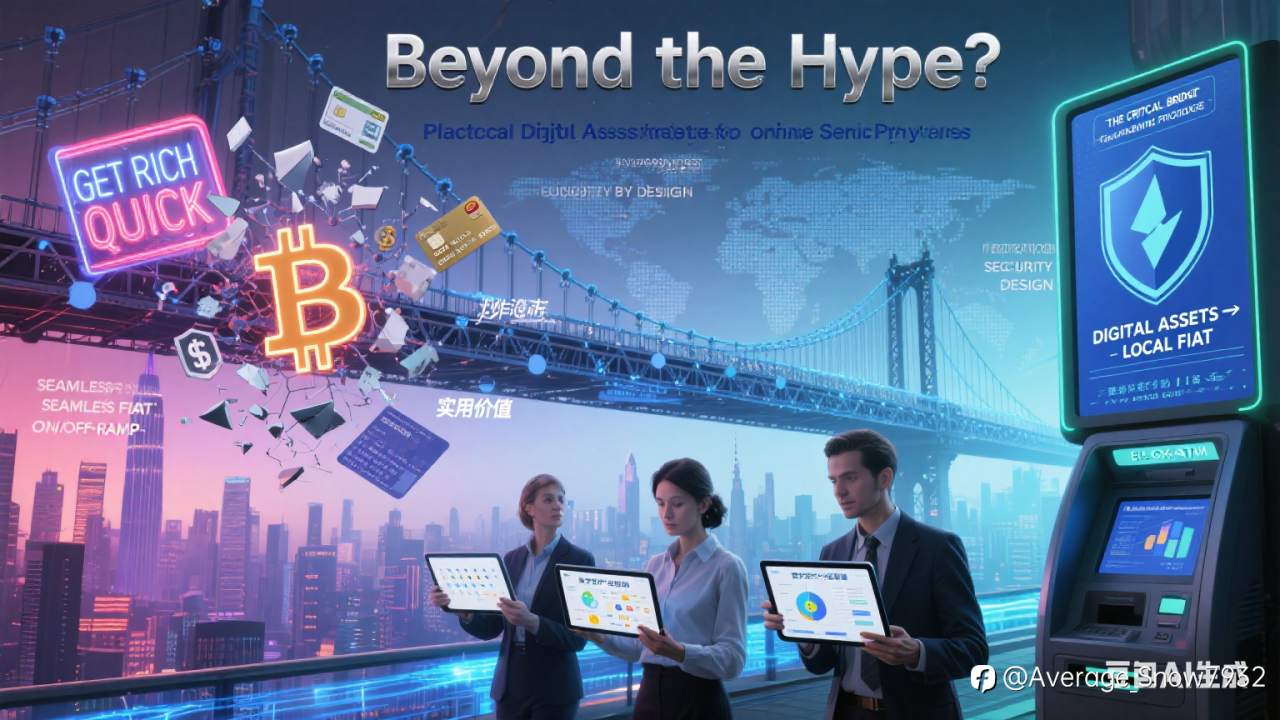The conversation around digital assets has evolved. The initial wave of speculation is giving way to a more mature, pragmatic examination of how this technology can provide real-world utility. For online financial service providers—robo-advisors, fintech apps, neobanks, and wealth management platforms—this presents both a challenge and a significant opportunity. The question is no longer if digital assets will be integrated into traditional finance, but how to do so in a way that is secure, compliant, and genuinely valuable for clients.
Moving beyond the hype requires a focus on practical strategy over speculation. Here’s how forward-thinking providers can approach this new asset class.
1. Start with Education, Not Just Transaction
The first and most critical strategy is to become a trusted source of education. The average consumer is bombarded with sensationalist headlines but lacks a foundational understanding. Providers have a duty to demystify.
- Practical Action: Develop a library of content that clearly explains the differences between Bitcoin, Ethereum, stablecoins, and central bank digital currencies (CBDCs). Focus on concepts like blockchain as a settlement layer, the role of smart contracts, and the distinction between a store of value and a medium of exchange. This builds trust and positions your brand as a knowledgeable guide, not just a sales channel.
2. Differentiate Between Asset Classes
A sophisticated strategy treats digital assets not as a monolith but as distinct asset classes with different risk-return profiles and use cases.
- Practical Action: Consider a tiered approach:
- Store of Value (e.g., Bitcoin): Frame it as a potential long-term, non-correlated asset within a diversified portfolio, similar to digital gold.
- Programmable Assets & DeFi (e.g., Ethereum): Explore its potential as the backbone for future financial applications, like tokenized real-world assets (bonds, real estate) or decentralized lending protocols.
- Stablecoins: Position them as a powerful tool for efficiency, particularly for cross-border payments and treasury management, rather than as an investment.
3. Prioritize Security and Compliance Above All Else
This is non-negotiable. Any foray into digital assets must be built on a foundation of robust security and regulatory compliance. A single security breach or regulatory misstep can erase years of built trust.
- Practical Action: Partner with established, regulated custodians to hold clients' digital assets. Implement stringent Know Your Customer (KYC) and Anti-Money Laundering (AML) procedures that meet or exceed existing financial regulations. Transparency about these measures is a key feature that will reassure cautious clients.
4. Focus on Seamless User Experience (UX)
The complexity of private keys and blockchain addresses is a major barrier to adoption. The winning strategy is to abstract this complexity away, making interaction with digital assets as simple as trading a stock or transferring cash.
- Practical Action: Integrate digital asset functionality directly into your existing platform's clean, intuitive interface. Clients shouldn't need to understand the underlying technology to benefit from it. The process of buying, selling, and holding should feel familiar and secure.
Bridging the Worlds: The Critical Role of Fiat Gateways
A practical strategy must account for the entire user journey. A client might be comfortable allocating a portion of their portfolio to digital assets, but they still live in a fiat-based world. They need to pay mortgages, bills, and daily expenses in traditional currency. Therefore, providing a seamless, reliable "off-ramp" is as important as providing the "on-ramp."
This is where integrating with trusted fiat gateway services becomes a strategic advantage. Partnerships with regulated services, such as BlockATM, provide a crucial bridge. BlockATM offers a compliant pathway for clients to convert their digital assets back into local fiat currency, which can be deposited directly into their linked bank account.
For a financial service provider, this integration means:
- Completing the Financial Loop: It allows you to offer a holistic service, managing both traditional and digital assets from a single platform, with easy conversion between the two.
- Enhancing Trust and Convenience: By offering a familiar cash-out method, you reduce the perceived risk and friction for clients, making them more likely to explore digital assets within the safety of your ecosystem.
- Future-Proofing Services: As demand for digital asset liquidity grows, having a reliable off-ramp like BlockATM in place positions your platform as a ready and capable leader.
Conclusion: Building for the Next Generation
The goal for online financial service providers is not to chase volatile trends but to build durable, valuable services for their clients. A practical digital asset strategy is inherently cautious, educational, and infrastructure-focused. By prioritizing security, simplifying the user experience, and ensuring seamless movement between digital and traditional finance through partners like BlockATM, providers can move beyond the hype and build the trustworthy, integrated financial platforms of the future. This measured approach will ultimately win the confidence of both current clients and the next generation of digitally-native investors.
BlockATM Website: https://www.blockatm.net/

风险提示:本文所述仅代表作者个人观点,不代表 Followme 的官方立场。Followme 不对内容的准确性、完整性或可靠性作出任何保证,对于基于该内容所采取的任何行为,不承担任何责任,除非另有书面明确说明。


加载失败()